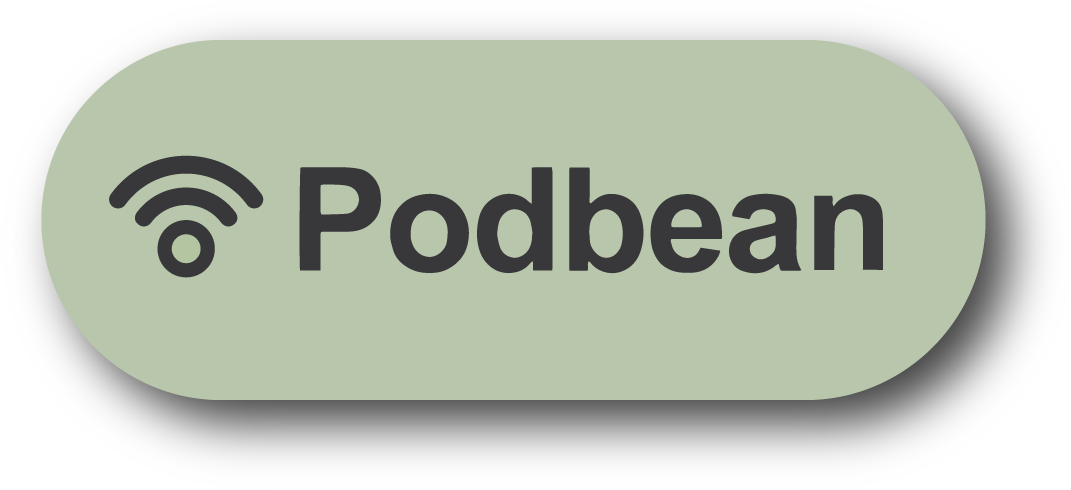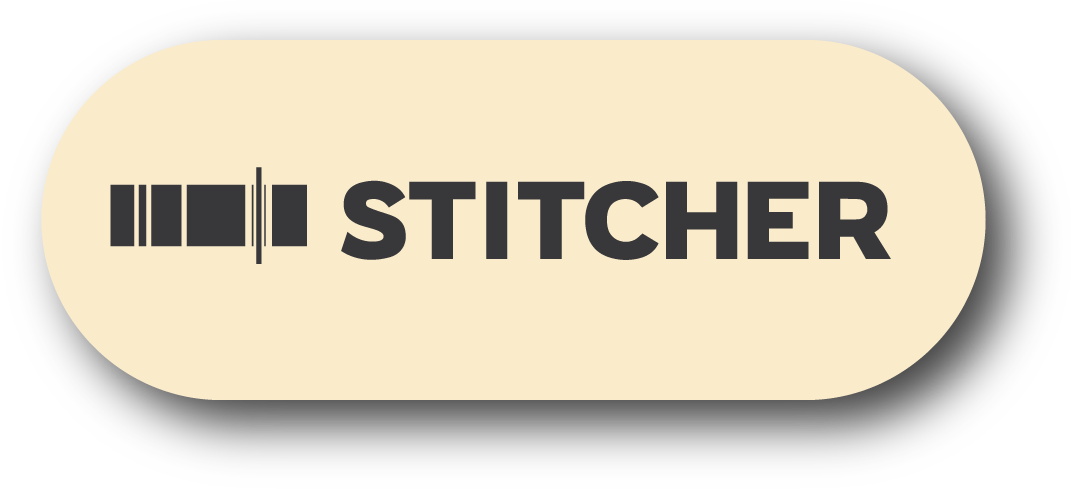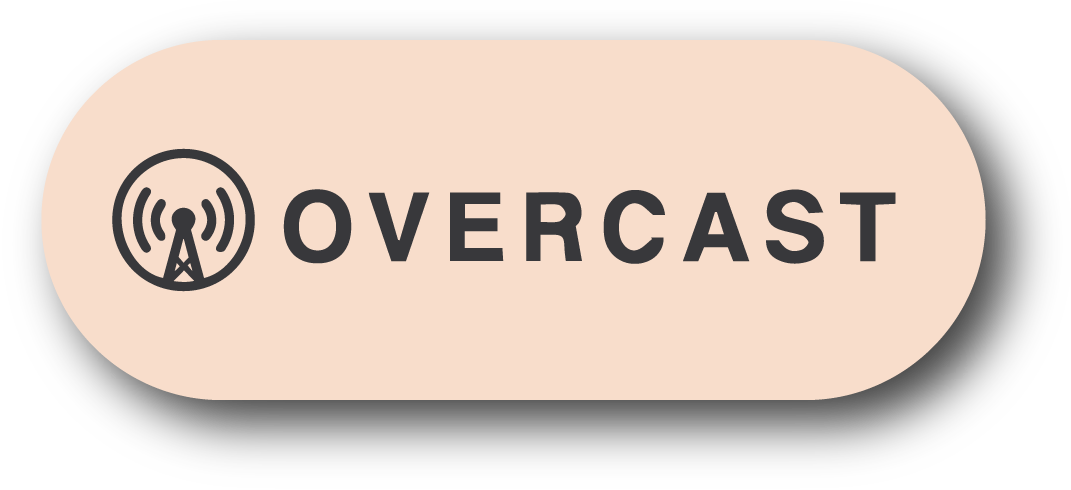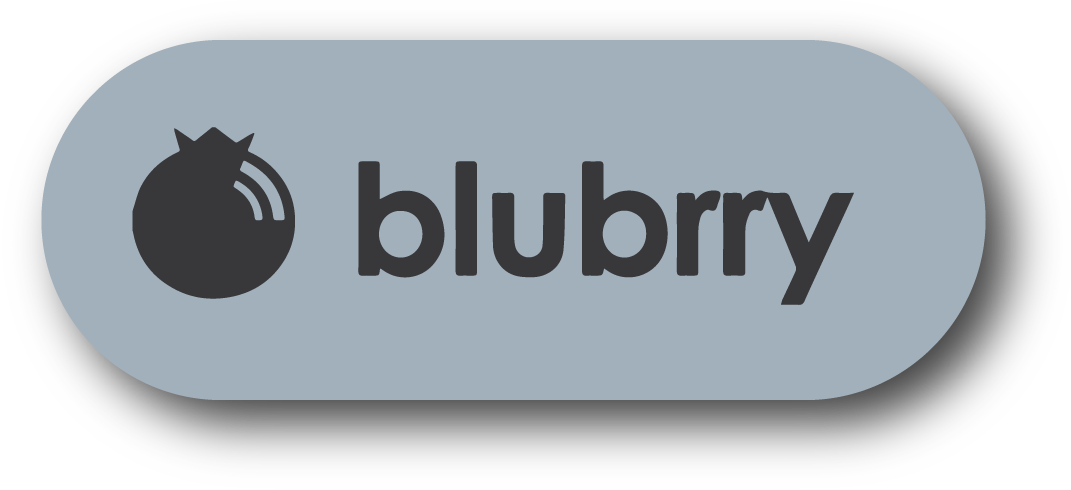#452 - JESS FIELD, Principal And Co-Founder of Field Architecture
SUMMARY
This week David and Marina of FAME Architecture & Design are joined by Jess Field, Principal and Co-Founder of Field Architecture. The three discussed Jess’s architecture influence and education; the founding of Field architecture; evolution of technology in architecture; limitations of computer software in design; Jess’s early career; managing & scaling architecture office; communicating experimentation to clients; and more. Enjoy!
ABOUT JESS
Jess Field is the co-founder of Field Architecture, an architectural practice built on his father Stan Field’s sole proprietorship. Led by Jess, FIELD is dedicated to creating buildings that foster a deep connection between people and the natural world. Jess received his Master of Architecture degree from the University of California, Berkeley, and is a registered architect in California, Colorado, Idaho, and Hawaii.
Drawing on his South African roots and the landscapes that shaped his childhood, Jess’s work blends art and practicality to craft spaces that create a powerful sense of place and belonging with their host environments. His approach, which integrates the landscape with thoughtful design details, aims to engage users with the unique qualities of their surroundings. His portfolio spans single-family residences, cultural projects, and community spaces across Northern California, the American West, and South Africa, with a design philosophy rooted in careful observation, sustainable practices, and a deep respect for the natural world.
Honors include American Institute of Architects awards at the local, state, and national levels. Interior design, Progressive Architecture Awards, and the Architecture MasterPrize for mid-sized firm of the year, which was awarded at the Guggenheim in Bilbao in November 2024. His work has been featured in top publications, including Architectural Record, Dwell, Metropolis, The New York Times, and Wallpaper. Jess has lectured at the AIA, the Monterey Design Conference, and leading academic institutions; he regularly serves as a visiting critic.
TIMESTAMPS
(00:00) Jess's architecture influence.
(04:11) Architecture education.
(10:17) Field Architecture's founding.
“Instead of just designing the house, Stan Field approach design using the ‘rules of engagement with the land’. It aims to answer this broader question of how do we participate in a dialog with the natural environment in a meaningful way? He established two rules. First rule is that no boulder should be moved. The second rule was no boulder can be touched by any manmade structure. The building inevitably makes these amazing leaps and spans to avoid these rocks, and these giant rocks end up being partially outside the house, or sometimes inside the house with a skylight over it. The whole thing feels like a human nest in nature in a way that's just so intertwined.” (14:43)
(17:11) Evolution of tools in architecture.
(25:58) Incorporating technology into architecture design.
“All of these technology and tools that we use in architecture are not so much a way to create an end result on their own, as much as they're helpful for creating a feedback cycle. They allow us to have this iterative cycle to test things and see how it will perform to get a better idea of what kind of a spatial condition that's going to create. We then follow the aspects of it that are working best and find new solutions for the ones that aren't.” (30:01)
(31:30) Limitations of using computer software to design.“
Sometimes I draw, and I don't even know what I'm drawing. There's something powerful to this sense of discovery in the process of dragging graphite across the tooth of a paper in a direction that's not pre envisioned. In the computer, we have to think a little bit more definitively. It takes mathematical precision to know what we're trying to create. There's an element of allowing something to emerge from a deeper set of experiences within our mental landscape to come forward through this process of exploration, that particularly in the early stages of a design, is really hard to replace. It's very intimate, quick and fluid. The hand has this knowing that we can later reinforce in the most powerful of ways through the computer.” (33:12)
(36:34) Jess's early career.
(43:00) Field Architecture office.
(48:52) Managing office size & staff development.
(55:02) Scaling office & maintaining quality.
(58:57) Communicating experimentation to clients.
“We build on the connection that we have with the homeowners and landowners who come to us wanting to work on a special piece of land. We use that shared love for the place to try and figure out together what the right solution is for that place. What I really enjoy is to help clients find out what their superpower is, that can be relevant to the project and engage them so they feel like they can really bring what they're good at to that goal of discovering the right solution.” (01:01:42)
(01:07:46) Field Architecture projects.
“We try to develop in earnest, the most comprehensive and deep understanding of what a place is all about, not only regionally, but specific to that site. Its cultural history, its natural history, its building techniques and even getting to know the subcontractors and the trades over there. What are they really good at? How does things come together with a sense of place that we can extend and give a new identity to, without replacing the built-in knowledge of what already has been shown over hundreds of years to work as a response to that environment.” (01:16:06)
(01:17:57) Jess's favorite building.




